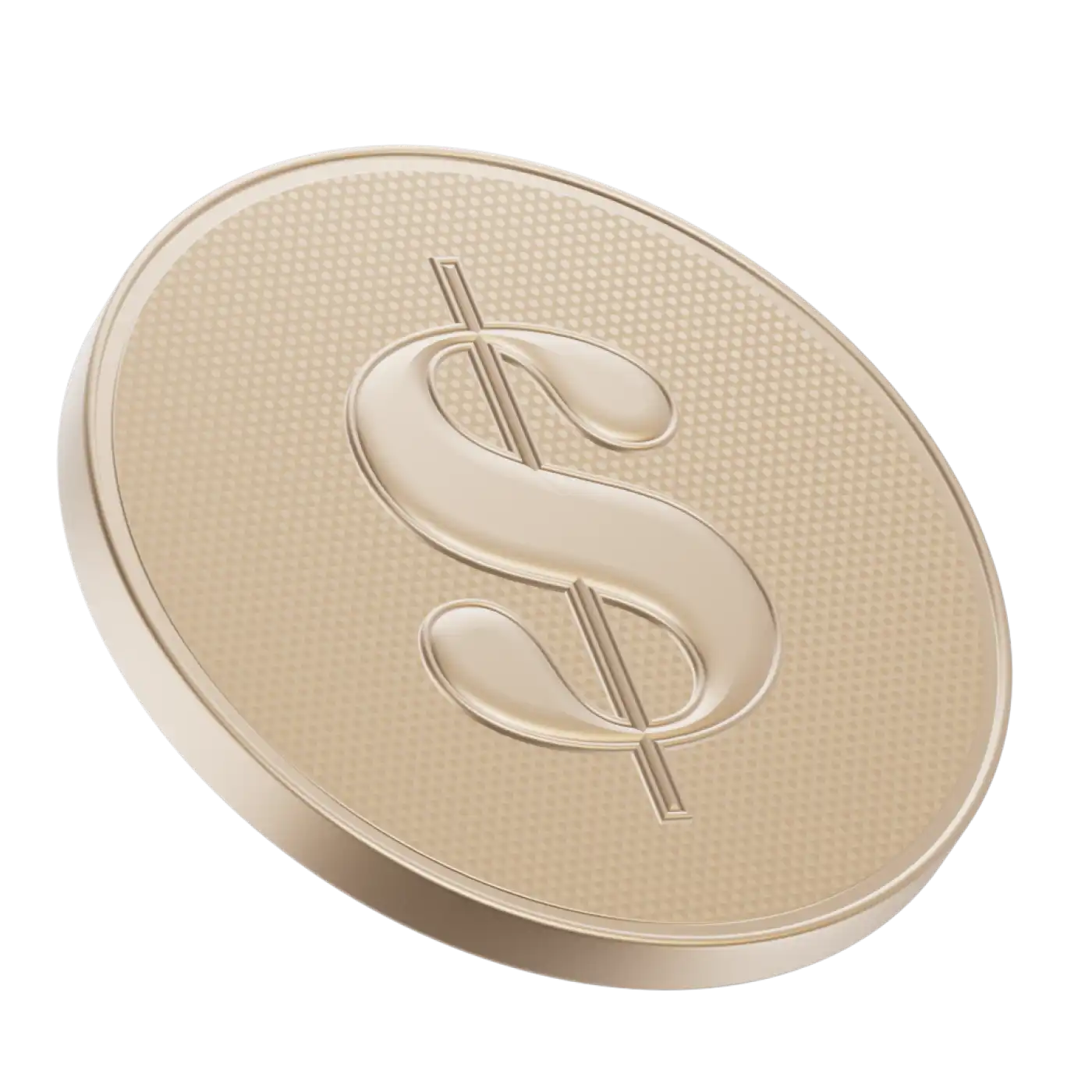Mortgages are commonly structured in one of two ways: fixed-rate and variable-rate. The big difference between the two is the consistency of your interest rate, which affects how much of your monthly payment goes toward principal (the balance of the loan) or interest (the money you’re charged for borrowing from the bank). To make things a little more complicated, there’s also a type of variable-rate mortgage called an adjustable-rate mortgage. With it, your monthly payment itself rises or falls based on the Bank of Canada’s main interest rate.
What is a fixed-rate mortgage?
A fixed-rate mortgage is pretty straightforward: a bank quotes you an annual percentage rate and term — say 5% for five years on a $400,000 loan, amortized over the course of 25 years — and you agree to pay a specific amount every month (in this case, about $2,300) until the loan is paid off. The interest rate you’ll get on a fixed-rate mortgage moves in lockstep with the government of Canada’s bond yields, or the interest rate the government pays to borrow money through bond sales.
What is a variable-rate mortgage?
Variable-rate mortgages are a bit trickier. Like fixed-rate mortgages, they also have a fixed term. But their interest rates change regularly — as often as every month, based on any movement of the overnight rate, the government-set rate that serves as the primary catalyst for interest rates on everything from homes to credit card balances.
Most variable-rate mortgages also come with fixed monthly payments. As the interest rate changes, so does the portion of your payment that goes toward principal. In the example above, if you have a $400,000 variable-rate mortgage at 5%, you’d still pay the same $2,300 a month, but when interest rates fall, a larger percentage of your payment is applied to principal. When interest rates go up, more of that payment goes toward interest. And if interest rates get high enough that the fixed payment doesn’t cover the required interest payment (called the “trigger rate”), payments have to go up.
What is an adjustable-rate mortgage?
Adjustable-rate mortgages are a type of variable mortgage, in which the monthly payment increases or decreases at a set interval based on the overnight rate. With many adjustable-rate mortgages, the initial interest rate may be lower than that of a fixed-rate mortgage. But that can quickly change.
Fixed- vs. variable-rate mortgages
Many studies have shown that those willing to accept the inherent risk of the floating interest rate of variable-rate mortgages have saved money in the long term, but it’s by no means guaranteed. And it’s hotly debated. Those who have any psychological need for financial consistency will find themselves more comfortable with a fixed-rate mortgage. If you’re comfortable with a little more uncertainty, you may find variable-rate mortgages more appealing.


